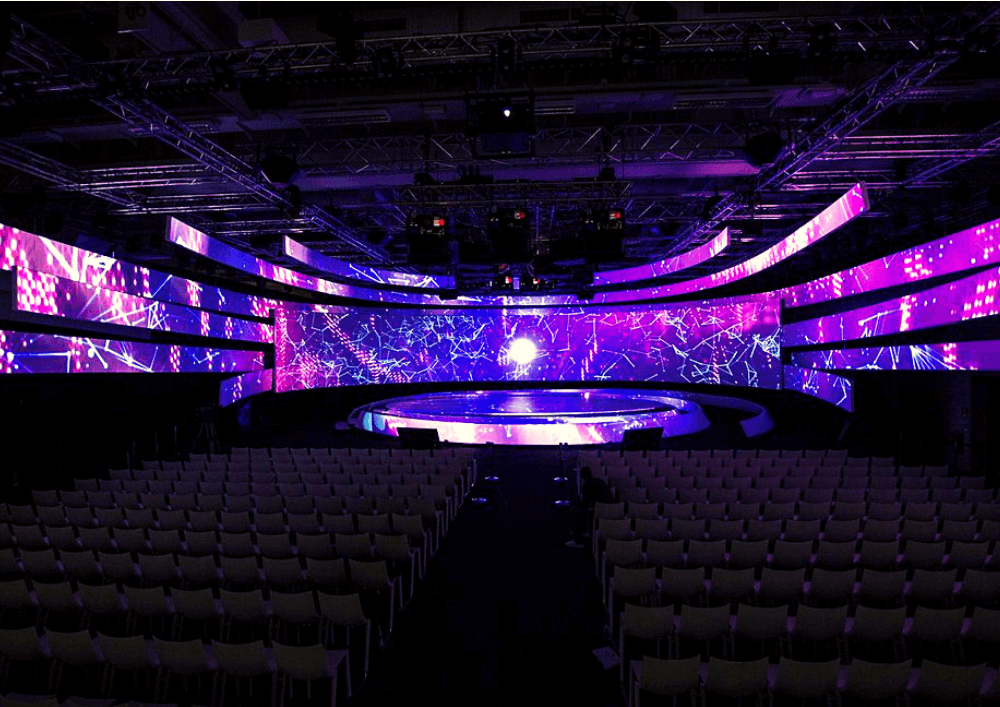Understanding the Common Reasons of LED Screen Display Failure
Wiki Article

LED panel panels are commonly utilized in various environments, ranging from advertisements to residential cinemas. These panels are popular because they deliver vivid and vibrant images while being power-saving. However, similar to all electronic devices, LED wall screens can encounter malfunctions. Understanding the frequent causes of these failures is crucial for preserving their performance and ensuring durability. This piece explores several key elements that can contribute to the malfunctioning of LED panel screens.
One of the most frequent causes of malfunction in LED wall panels is excessive heat. LED technology generates heat during operation, and if this heat is not adequately controlled, it can damage internal components. Poor ventilation or insufficient cooling mechanisms can worsen the issue. When the temperature increases beyond the suggested levels, it can lead to reduced brightness, color deviation, or complete failure of the screen. Regular care, including dusting air vents and ensuring adequate ventilation, can help avoid overheating and extend the life of the panel.
Another major cause leading to LED panel screen malfunction is electricity spikes. Variations in the power supply can result in harm to electronic parts within the panel. Sudden jumps in voltage can cause to burnt fuses or faulty circuits, leading in malfunctioning screens. Using voltage safeguards and power regulators can reduce this threat by stabilizing the electricity Discover More Here supply and safeguarding sensitive electronic parts. Making sure that the electrical infrastructure is up to code and capable of supporting the electricity requirements of the panel is also critical.
External conditions play a crucial role in the functionality of LED panel panels. Exposure to harsh temperatures, moisture, or debris can adversely impact their operation. For instance, high humidity can lead to moisture buildup inside the screen, which can result in short circuits or damage of internal parts. Similarly, excessive dust accumulation can block airflow and result to overheating. Installing LED blog link panels in regulated settings and regularly cleaning them can help preserve optimal functionality and prevent failures.
Additionally, manufacturing defects can result to early malfunctions in LED panel panels. Quality control during manufacturing is crucial to ensure that each panel meets industry standards. Faulty parts or poor construction can result in problems such as inactive pixels or uneven brightness. It is crucial for consumers to purchase LED panel screens from reputable brands that provide warranties and support. This guarantees that any possible defects can be resolved promptly, minimizing downtime and frustration.
In summary, comprehending the frequent reasons of LED wall panel failure can help consumers take preventive measures to guarantee their durability and performance. By addressing overheating, safeguarding against power spikes, considering external conditions, and selecting quality products, users can significantly minimize the chance of failure. Regular maintenance and knowledge of these elements will lead to a better experience with LED wall screens, regardless for individual or business application.